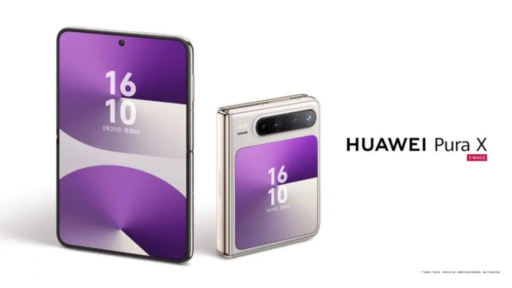Huawei hits record revenue after selling 45 million phones in 2024

After years of survival mode, Huawei is about to kiss those US-imposed sanctions goodbye and report big revenue numbers.
The company will soon present its annual results and it’s expected to confirm the revenue for 2024 to be 860 billion yuan (about $118 billion directly converted). This figure is so close to Huawei’s 2020 revenue peak, when it was 891 billion yuan. Right away, Huawei was cut from accessing advanced tech and 5G-supporting chips.
Huawei then entered what could be described as a “survival mode”, but thanks to a push on the software, chip-making and smart-driving technology fronts, the firm is now out of it.
Huawei has spent the past few years adapting to US restrictions by expanding into new industries and developing alternatives to Western technology. Initially, company executives described the situation as a battle for survival, pushing Huawei to find new revenue streams and collaborate more closely with local Chinese authorities and state-backed firms.
Skip AdHowever, its stance has grown more confident. In a meeting with President Xi Jinping last May, Huawei’s founder, Ren Zhengfei, said China’s concerns over domestic chip and software shortages had eased.

The new Pura X by Huawei opens from the side.
While Huawei has not provided a detailed breakdown of its revenue sources, it has confirmed a return to growth in its consumer electronics division and rapid expansion in the automotive sector. Reports suggest the company shipped over 45 million smartphones in 2024, marking a year-over-year increase of at least 25%, though chip production challenges persist.
Since facing US sanctions, Huawei has explored new opportunities, including building 5G infrastructure for mining operations and supplying energy storage systems for data centers. After losing access to Google’s Android and Oracle’s software, it developed its own operating system, HarmonyOS, now running on over a billion devices, as well as a proprietary enterprise resource planning system called ‘MetaERP’.
Without access to US semiconductor technology, it has also designed its own advanced chips, competing with Nvidia in artificial intelligence hardware.
In the automotive industry, Huawei has positioned itself as a leader in autonomous driving technology, working with state-owned automakers to strengthen China’s electric vehicle sector. The company’s M7 and M9 models, featuring Huawei’s driver-assistance technology, have become bestsellers.